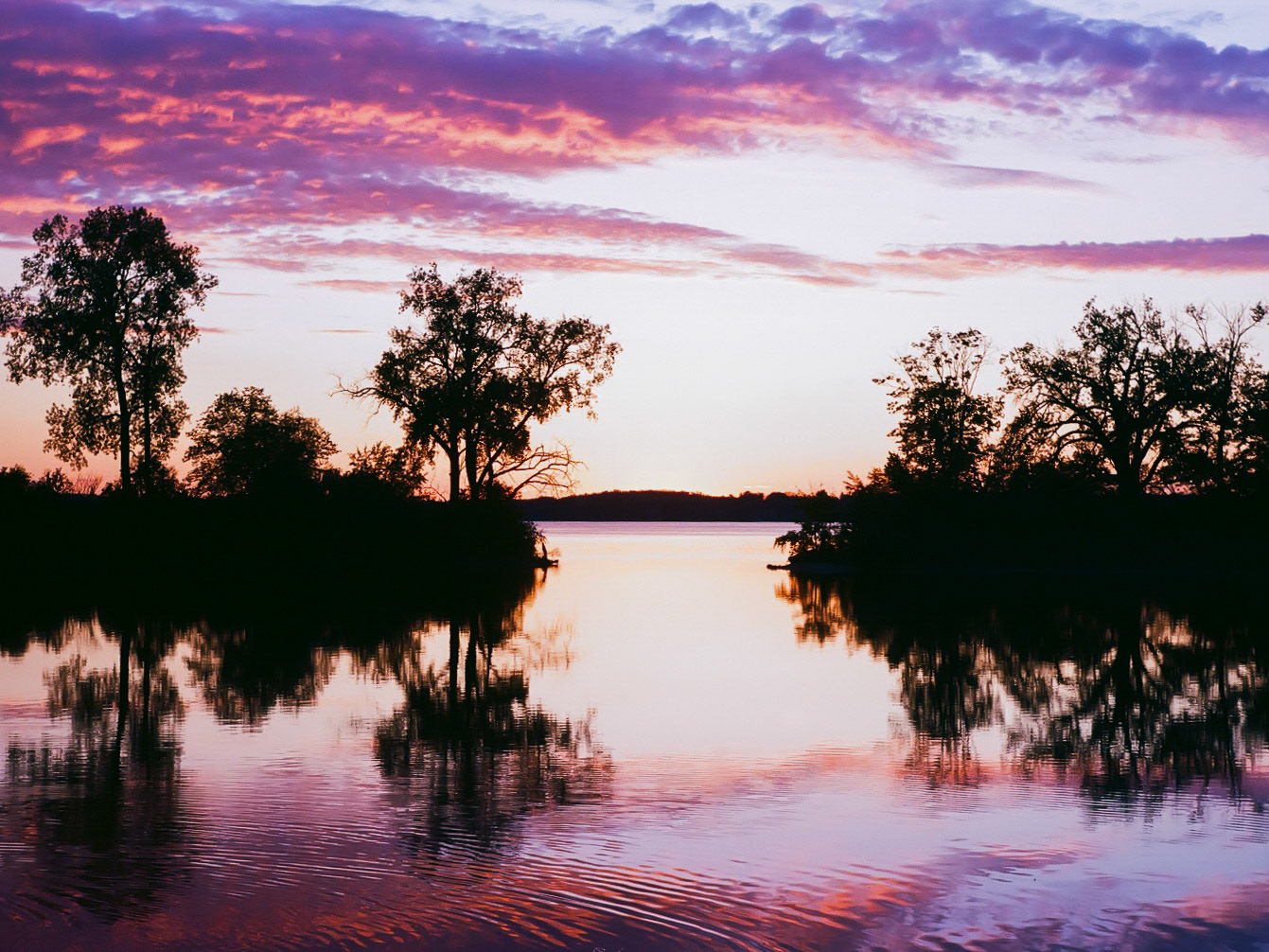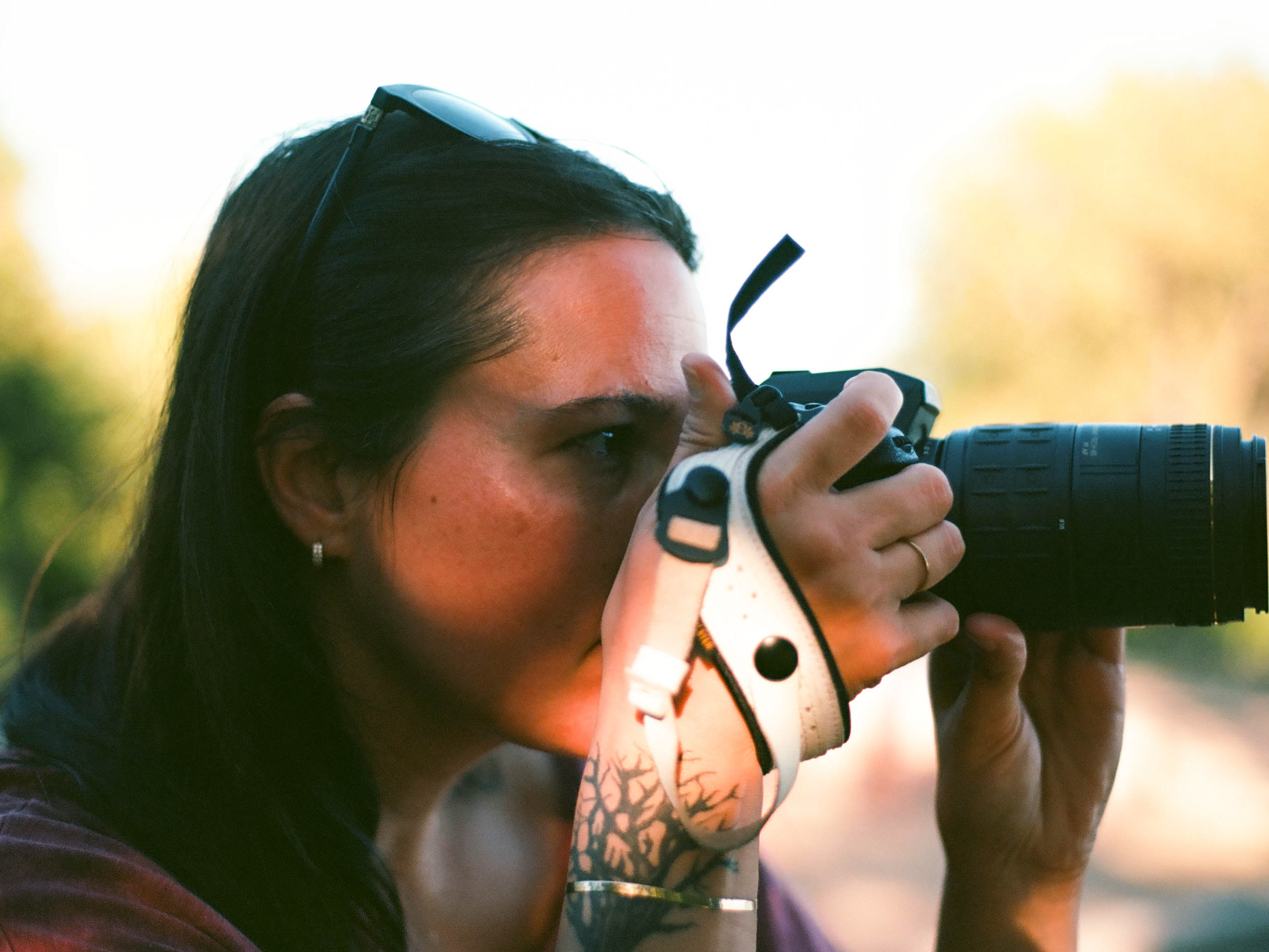I have been interested in getting a medium format camera for a while. Earlier this year, before purchasing my Pentax K3 III, I explored several options for a medium format digital camera. However, the cost of these options, especially when considering lenses, exceeded my budget.
My interest in film photography grew last year when I started using my old K1000 and Spotmatic SP cameras. After acquiring a couple of Pentax SuperProgram cameras, I experimented with different types of film like Kodak Porta 160, Ektar 100, and Gold 400. I discovered that the choice of film can significantly alter the look of the photos, which intrigued me.
Although I haven't developed film since high school, the availability of developer kits has made the process more accessible. I plan to learn how to develop film in August. In the meantime, I have been restoring and familiarizing myself with an original Pentax 645 camera that I recently acquired.
The Pentax 645, released in 1983, shares similarities with my SuperProgram, such as button controls and lens designations. I purchased a 55mm f2.8 lens and have a 150mm f3.5 lens on the way. The camera was missing the battery holder, which I replaced with a 3D-printed one that uses 9V batteries.
The Pentax 645 requires a film holder loaded with 120 film to operate, unlike other medium format cameras. I invested about $250 in the camera, lens, battery holder, and film to test its functionality. I have shot five rolls of film with the Pentax 645 and sent them for development at The Darkroom with a higher resolution scan option.
Overall, my experience with medium format film photography has been exciting, and I look forward to exploring home development in the future.
My interest in film photography grew last year when I started using my old K1000 and Spotmatic SP cameras. After acquiring a couple of Pentax SuperProgram cameras, I experimented with different types of film like Kodak Porta 160, Ektar 100, and Gold 400. I discovered that the choice of film can significantly alter the look of the photos, which intrigued me.
Although I haven't developed film since high school, the availability of developer kits has made the process more accessible. I plan to learn how to develop film in August. In the meantime, I have been restoring and familiarizing myself with an original Pentax 645 camera that I recently acquired.
The Pentax 645, released in 1983, shares similarities with my SuperProgram, such as button controls and lens designations. I purchased a 55mm f2.8 lens and have a 150mm f3.5 lens on the way. The camera was missing the battery holder, which I replaced with a 3D-printed one that uses 9V batteries.
The Pentax 645 requires a film holder loaded with 120 film to operate, unlike other medium format cameras. I invested about $250 in the camera, lens, battery holder, and film to test its functionality. I have shot five rolls of film with the Pentax 645 and sent them for development at The Darkroom with a higher resolution scan option.
Overall, my experience with medium format film photography has been exciting, and I look forward to exploring home development in the future.



